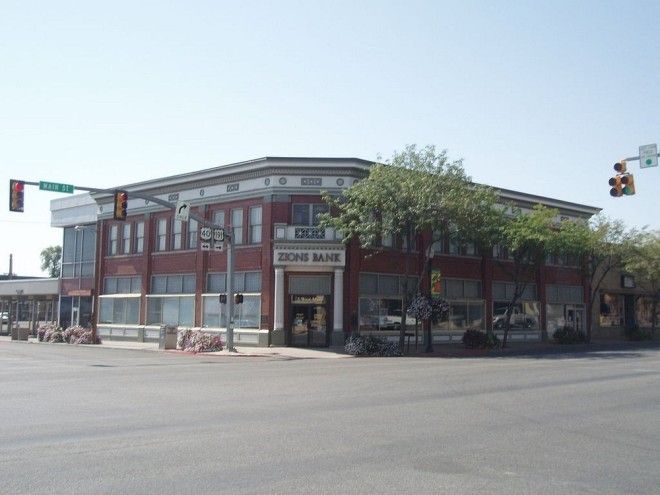In Uintah County, in northeastern Utah, the Vernal Post Office was inundated with parcels. By 1916, an average of two tons were arriving per day, forcing the postmaster and his assistant to put 15 hours a day trying to keep up. Vernal is located about 125 miles east of Salt Lake City, as the crow flies, but owning to the high desert valley bordered by mountains and cliffs, the actual trip is nearly 400 miles long. Parcels from Salt Lake City first travel via the Denver and Rio Grande Railroad to Mack in Colorado—a distance of 272 miles—then back into Utah, arriving at Watson by way of a narrow gauge railroad. The final 54 miles to Vernal is made on trucks. It cost the post office a fortune hauling parcels to Vernal. The June 2, 1916, issue of The Vernal Express estimated, conservatively, that the government was losing "between $25,000 and $30,000 annually” delivering parcels to Vernal…and it was about to get worse.

That summer, William Horace Coltharp, a businessman and entrepreneur and one of the directors of the Bank of Vernal, decided to build a new two-story home for the bank and other local businesses. Coltharp planned to use cheaper, locally-fired bricks for most of the building, but for the façade he wouldn’t take anything less than the finest pressed bricks from Salt Lake City. The trouble was that private freighters charged an exorbitant rate to ship the bricks to Vernal—four times the cost of the brick. Determined to find a lower rate, Coltharp made enquiries at the post office and learned that he could parcel-post the bricks at less than half what private freighters were offering. So he did just that.
Each brick was wrapped individually in paper and packed in crates of ten to meet the maximum allowable 50-pound limit for packages. The Salt Lake Pressed Brick Company recalls they shipped 15,000 bricks to Vernal, although most reports say it was 80,000. Either way, it was a lot of bricks.
After the last packages left Salt Lake City, the U.S. Post Office hastily changed its regulations, establishing a limit of 200 pounds per day per sender. Although the 1916 policy change ended massive single shipments of Parcel Post, the overall amount of Parcel Post received by the Vernal Post Office continued to grow. By 1921, more than three tons were arriving every day.
The building was completed in November 1916 and was nicknamed the Parcel Post Bank. Since 1974, it serves as a branch office of Zion's Bank.



